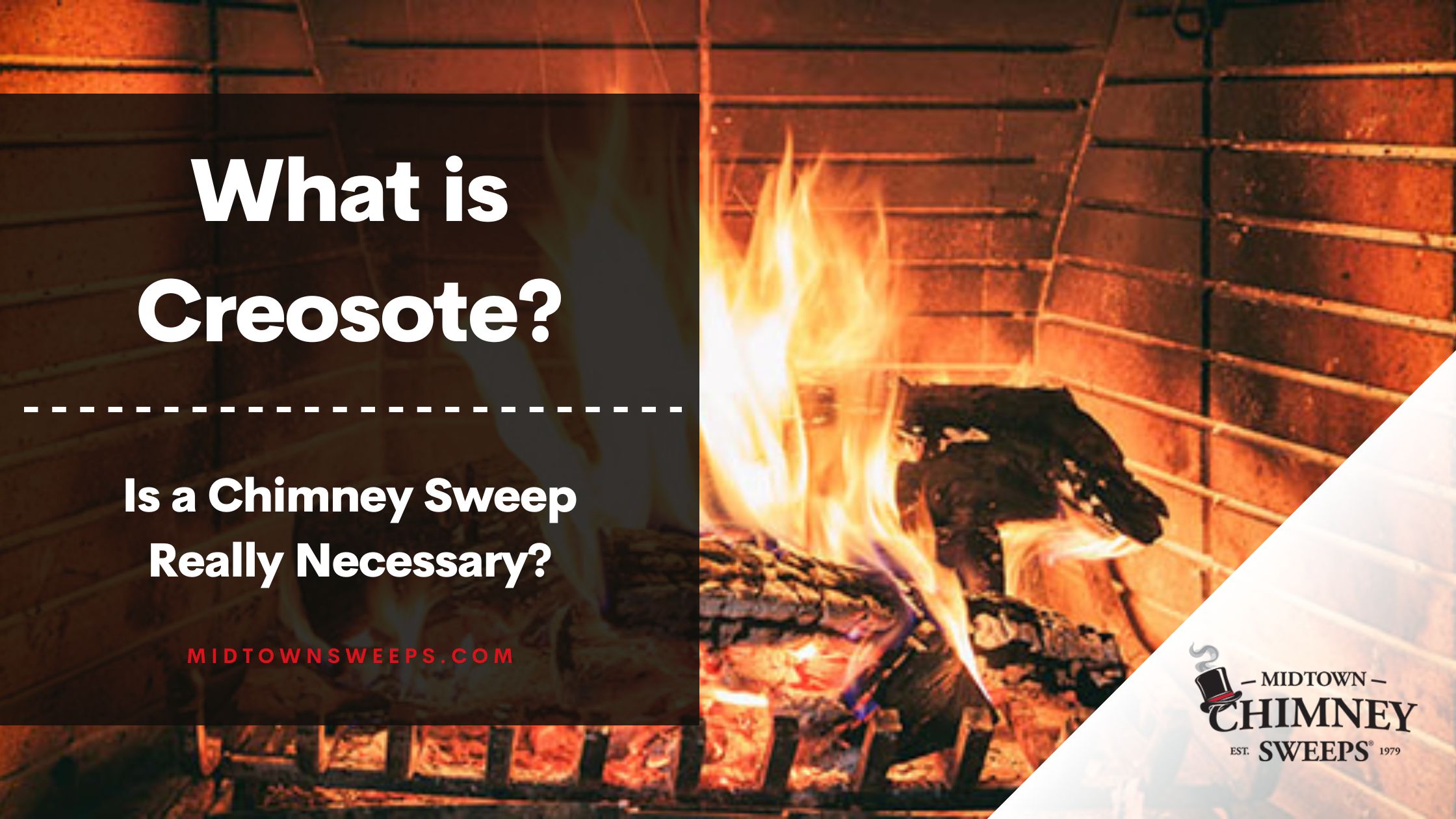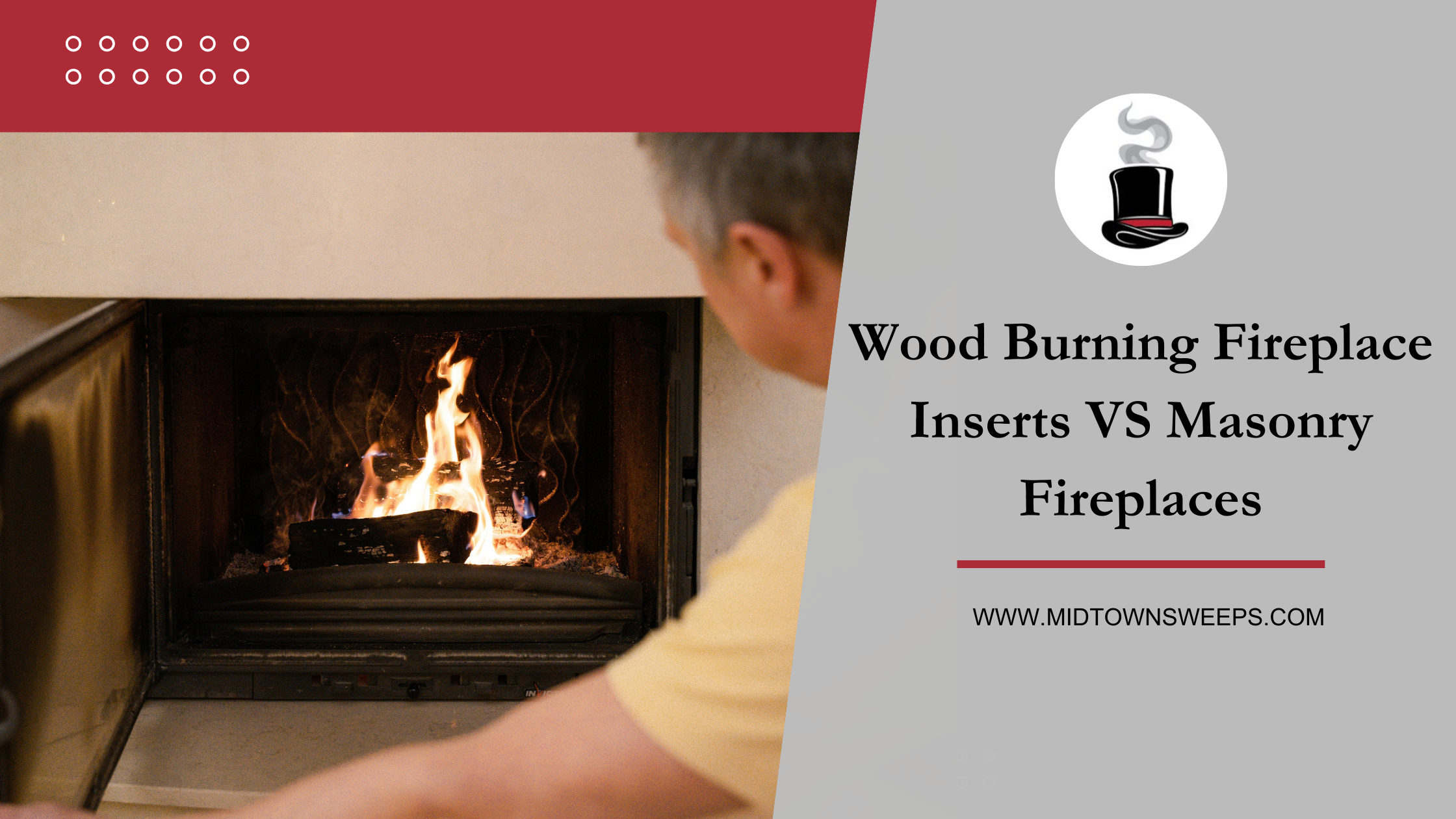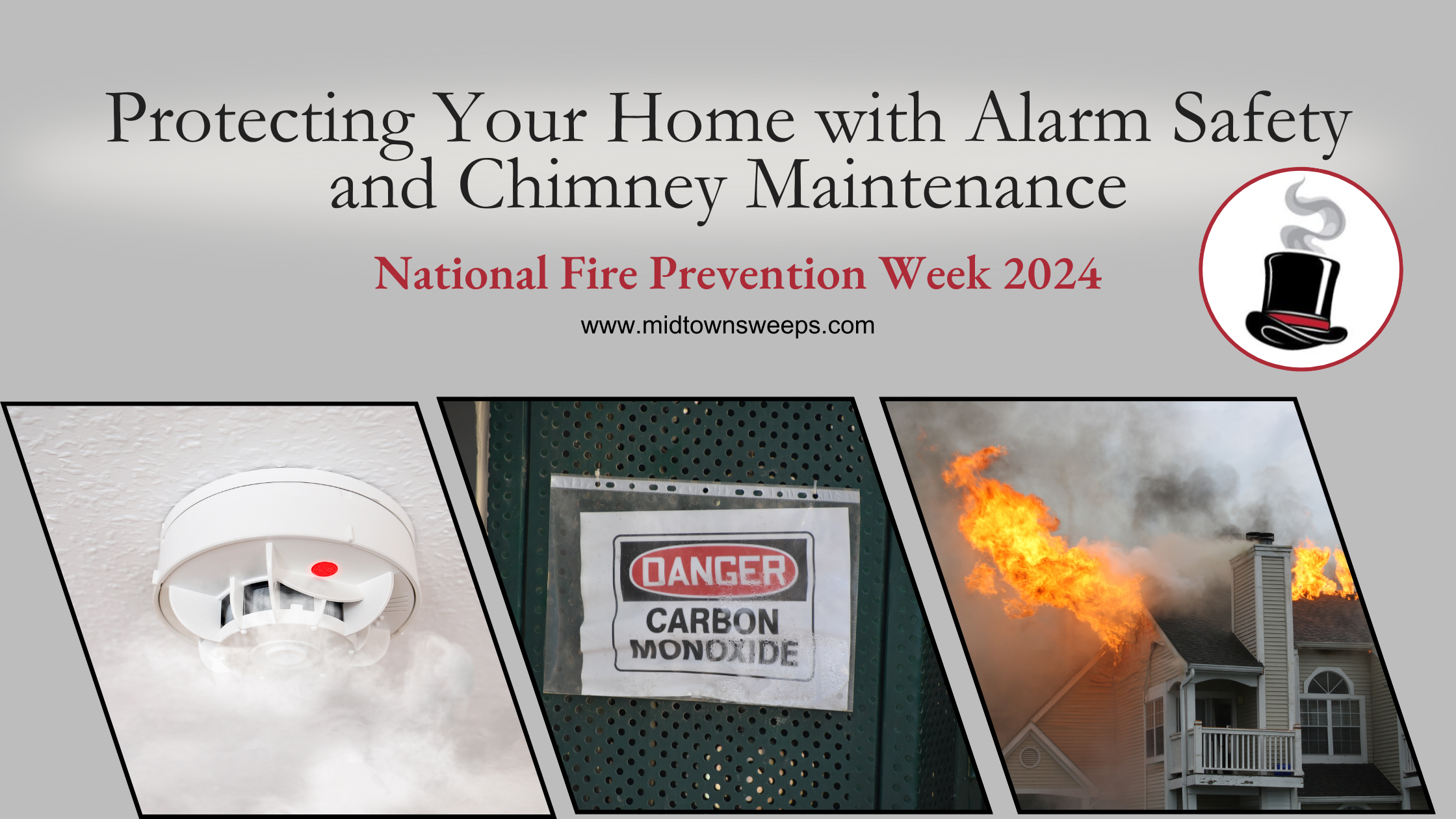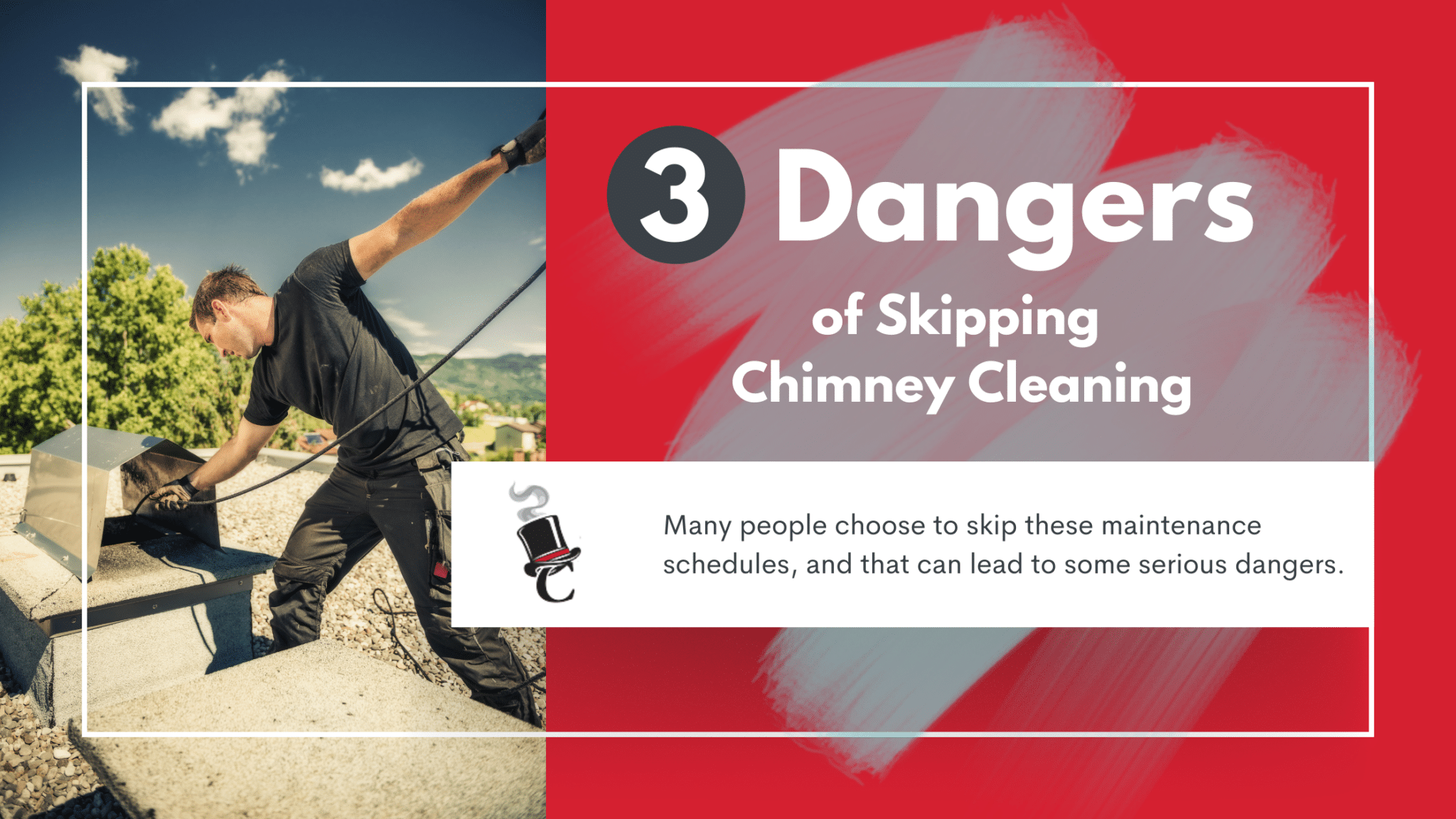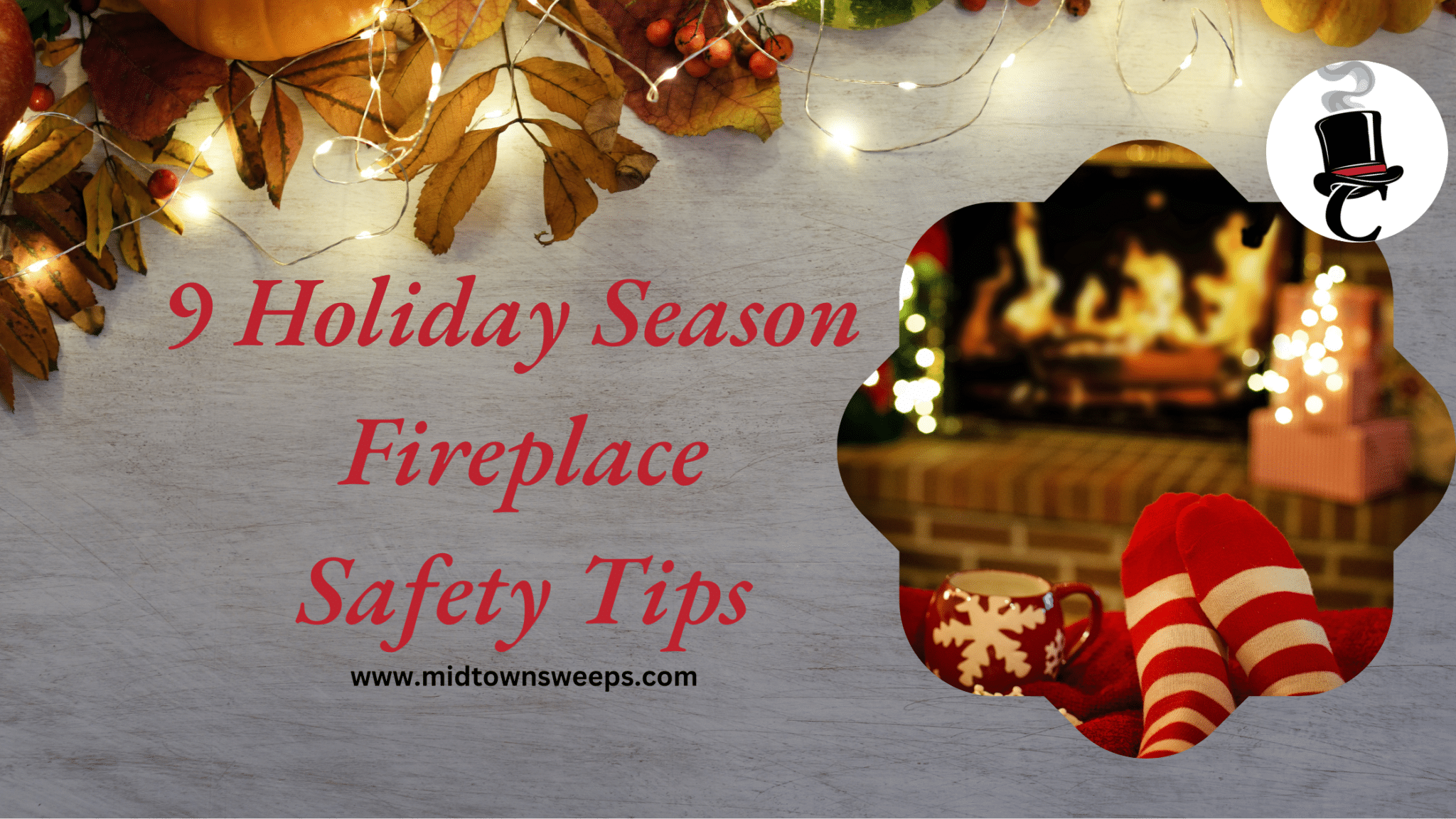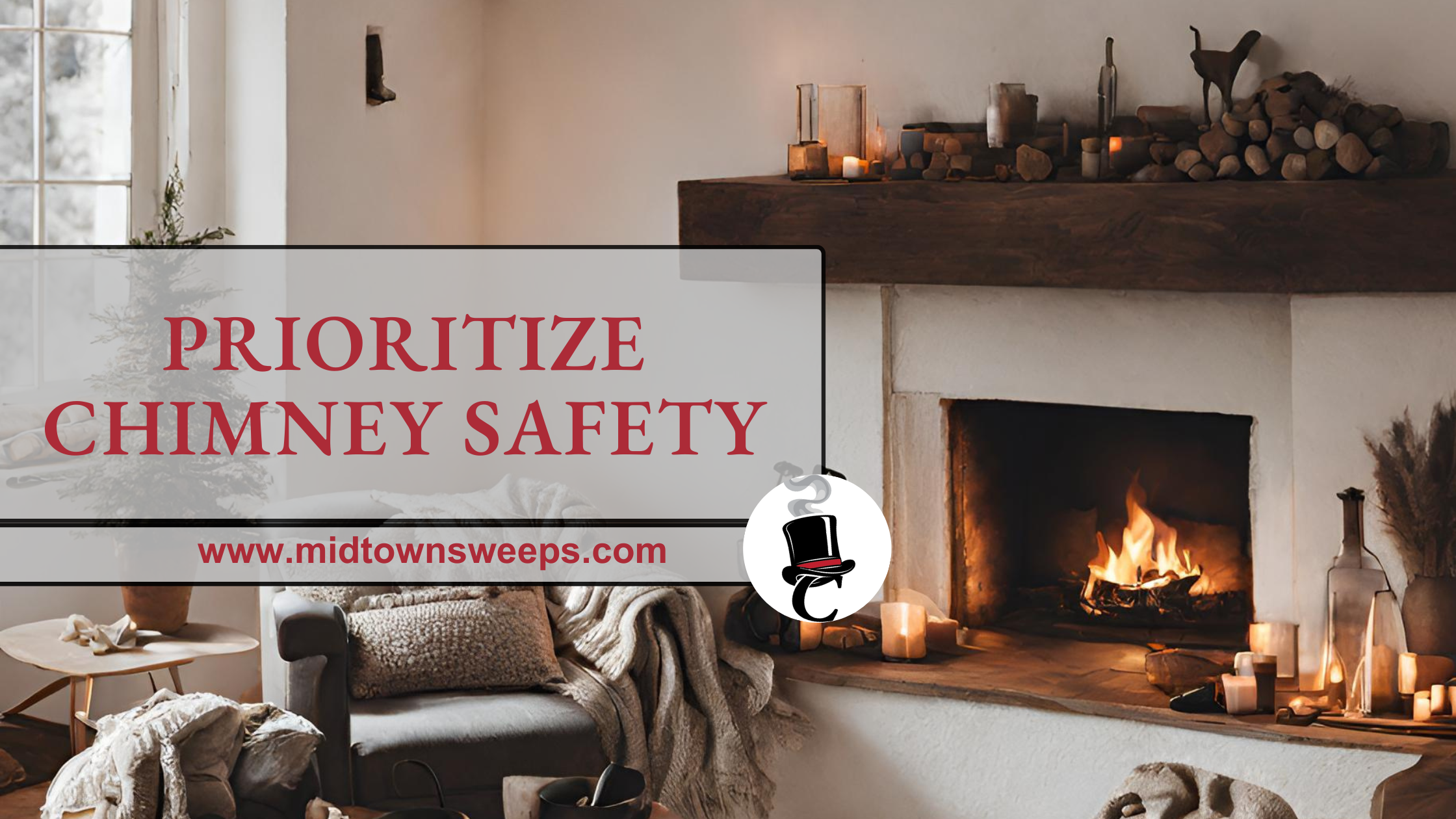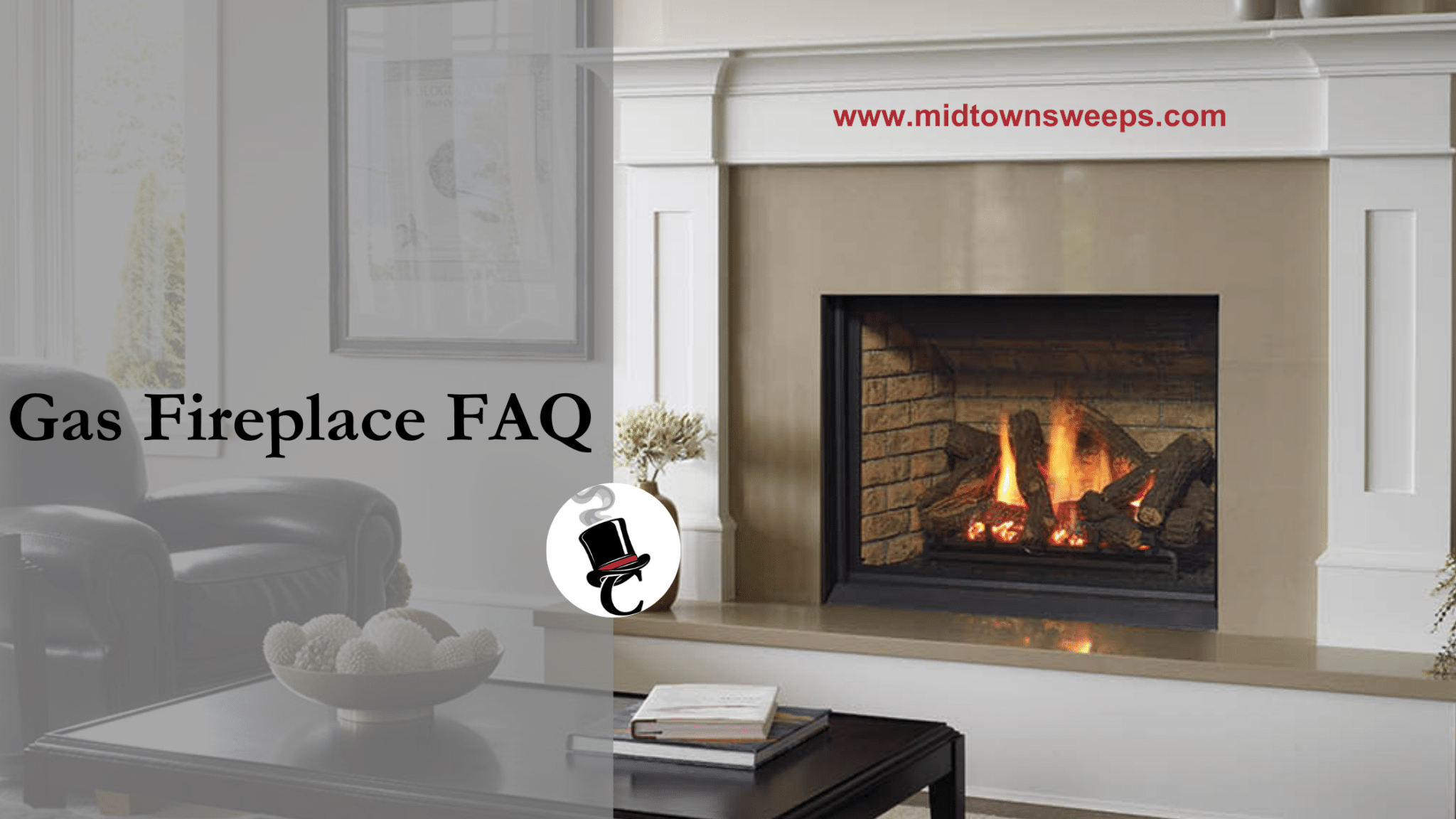Relaxing in front of the fireplace is one of the many advantages of having one. A crackling fire adds ambiance and coziness to any home and oftentimes the maintenance of these units is far from the mind. With each cozy night and burn, creosote builds within your chimney. Getting your fireplace and chimney swept regularly by a chimney sweep will help prevent them from becoming a fire hazard. (Especially with frequent burns).
So, what is creosote?
Creosote is the tarry residue left inside your chimney after you burn wood logs inside the unit. When you burn wood, the smoke is lifted through the chimney. However, when the smoke does not rise quickly enough, it settles on the walls of your chimney which accumulates over time. There are certain small things you can do to prevent this build up from happening quickly, but we’ll get to that in a moment.
There are three levels of creosote build-up which, over time, increases the possibility of a chimney fire.
Level 1 creosote is the easiest to clean off the chimney walls. It is a thin layer of flaky material that can be brushed off.
Level 2 creosote is a thicker deposit, almost tar-like, which builds up from the flaky deposits from before. It becomes increasingly harder to remove and oftentimes needs specialized tools to do the job. While it may be possible to do yourself, failing to do so properly will increase your chances of developing to level 3 creosote.
Level 3 creosote is the final stage and is the biggest danger for a potential fire. The creosote is like tar and constricts the passageway for smoke to rise from your fire. The smoke then builds up and gets very hot. This limited airway creates pressure and heat within the chimney, which can ignite into a fire. Level 3 creosote often requires the replacement of the chimney liner.
Aside from the obvious danger of a chimney fire, creosote’s existence in your chimney can also have effects on your health. As the levels of creosote build, as mentioned, it begins to constrict the chimney airflow, which means there is less room for the smoke to escape. According to the EPA, there is an estimated 70% of the smoke from your chimney that can re-enter your home. This is both toxic and dangerous.
Creosote Prevention and Removal
There are a few minor things you as the homeowner can do to prevent dangerous buildup. Creosote is formed by the slow rising of smoke when you have a fire. Try to burn your fire hot, which burns the wood faster and keeps the level of smoke rising rapidly. It is recommended to burn 250 degrees Fahrenheit or hotter. If possible, purchase an IR (infrared) thermometer to read how hot your fire is burning. Also avoid the use of wet wood. Wet wood burns slowly as it doesn’t catch properly and causes alot of smoke. Lastly, make sure there is an abundance of oxygen (air flow) in the room to keep combustion moving and your fire burning brightly. WIthout it, smoke won’t be able to rise and begin to settle within the chimney (or your home).
As the creosote builds upon itself, once it is hardened and tar-like (level 2 and 3), removing it must be done by a professional to ensure it is done properly and completely. A professional chimney sweep can determine the level of creosote buildup and provide a solution to keep your home and family safe.
